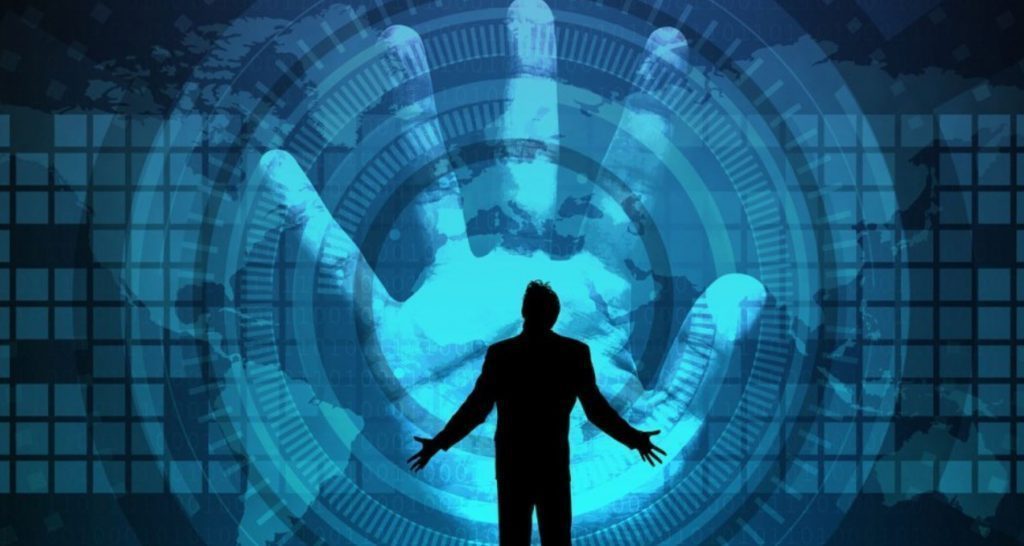 Op-Ed by Kevin Samson
Op-Ed by Kevin Samson
As the Jussie Smollett hoax has taken over the media, and the ramifications of such deception are yet to be felt in full, one aspect of the exposure has been largely ignored.
As Activist Post has previously covered, there is a new type of court case that has been slowly but steadily emerging within the American legal system: alleged crimes being detected from data supplied by the interconnected network of government surveillance combined with a range of smart home devices. This appears to be rewriting the very nature of the 1st, 4th and 5th Amendments to the Constitution.
Ignoring for just a moment the outcome and the scandalous nature of the Smollett situation, Courthouse News reveals how our modern technology is changing the approach to justice right before our eyes, as well as the See Something, Say Something citizen watch program. This is the new surveillance state writ large, my emphasis added:
CHICAGO (AP) — Police tapped into Chicago’s vast network of surveillance cameras — and even some homeowners’ doorbell cameras — to track down two brothers who claimed they were paid by “Empire” actor Jussie Smollett to stage an attack on him, the latest example of the city’s high-tech approach to public safety.
Officers said they reviewed videos from more than four dozen cameras to trace the brothers’ movements before and after the reported attack, determining where they lived and who they were before arresting them a little more than two weeks later.
[…]
Police Commander Edward Wodnicki, who heads the detective division that led the investigation, credited the camera network, and residents who shared information from their own cameras for helping to solve the case.
The search went beyond surveillance cameras to include other electronic records. Detectives reviewed in-car taxi videos, telephone logs, ride-share records and credit card records, according to a summary of the case released by prosecutors.
Chicago has the most extensive video surveillance network in the U.S., with more than 32,000 cameras mounted on buildings, poles, train tunnels and buses — and even in businesses and private residences whose owners agree to opt into the system full-time. What’s more, authorities can track someone by linking those cameras at a sophisticated emergency command center, police stations or even from tablets in officers’ squad cars.
Using 35 police cameras and more than 20 private-sector cameras, investigators were able to trace the men’s movements after the attack, including footage of them getting into a cab, Wodnicki said. Detectives interviewed the cab driver, got video from inside the vehicle and followed it along a trail of cameras to the city’s North Side, where the brothers got out and began walking.
The private footage offered by residents included video from cameras embedded in doorbells that showed the men walking, police spokesman Anthony Guglielmi said.
[…]
“That was the lead we needed to identify a person of interest,” Wodnicki said. “We were able to put a name to both individuals.”
Police found out the men had flown to Nigeria the same day as the reported attack and would return on Feb. 13. In the meantime, police executed more than 50 search warrants and subpoenas, including for phone and social media records.
Again, we should be happy when such criminality is exposed — especially in a case such as this that has a wide impact on relations between one another and our various social groups. But can we truly be happy with having every movement, spoken word, and thought that we happen to type into the ether available for scrutiny at any point in time?
The policing methods recounted above, taken on their own, are chilling and illustrate the new surveillance realities that include not only a widening web of surveillance, but also a widening web of connections that can be made between individuals. Perhaps the end result here is justice, but how many others will result in nothing more than spurious investigations, constitutional violations, and citizens spies working cooperatively with the State to offer this new brand of supposed justice? Rather than being a pure celebration of taking down a brazen liar, this might prove to be a highly cautionary tale of what’s to come from the surveillance state.
And, for what it’s worth, I must remind myself that Jussie Smollett has not yet been found guilty in a court of law.
H/T – MassPrivateI
You can read more from Kevin Samson at Activist Post, where this article first appeared. Support us at Patreon for as little as $1 per month. Follow us on Facebook, Twitter, Steemit, and BitChute. Ready for solutions? Subscribe to our premium newsletter Counter Markets.
Image credit: PhillipSchneider.com

Be the first to comment on "How The Jussie Smollett Hoax Reveals The Scope Of The Surveillance State"